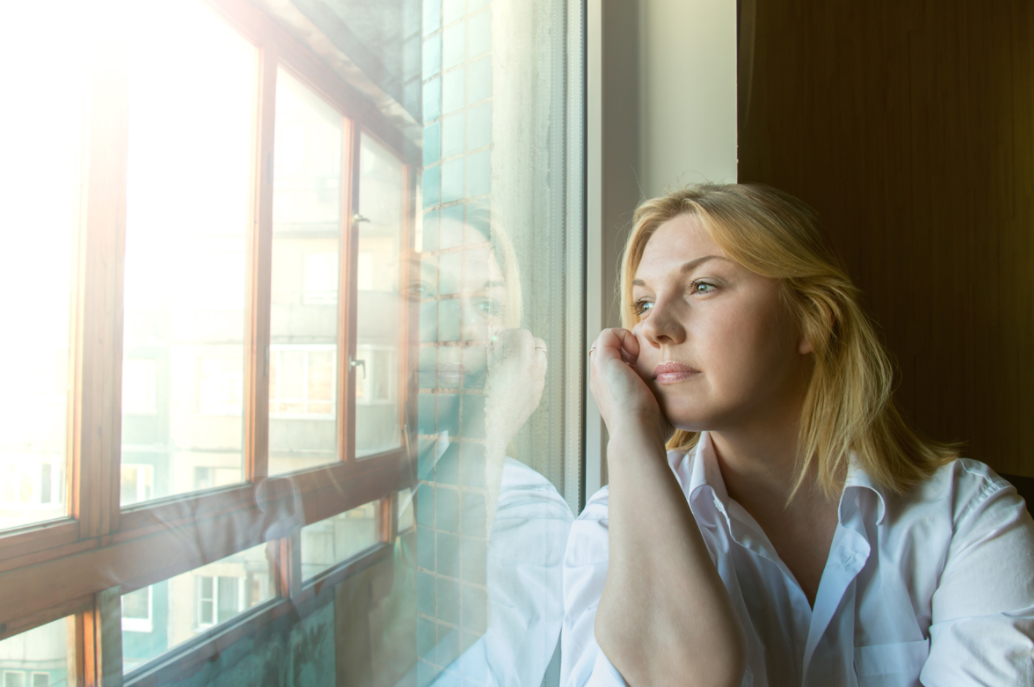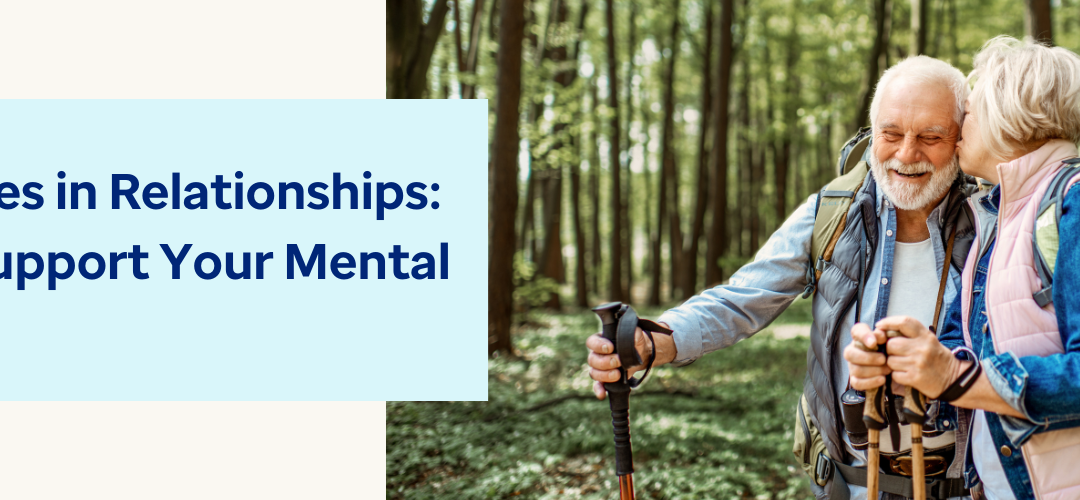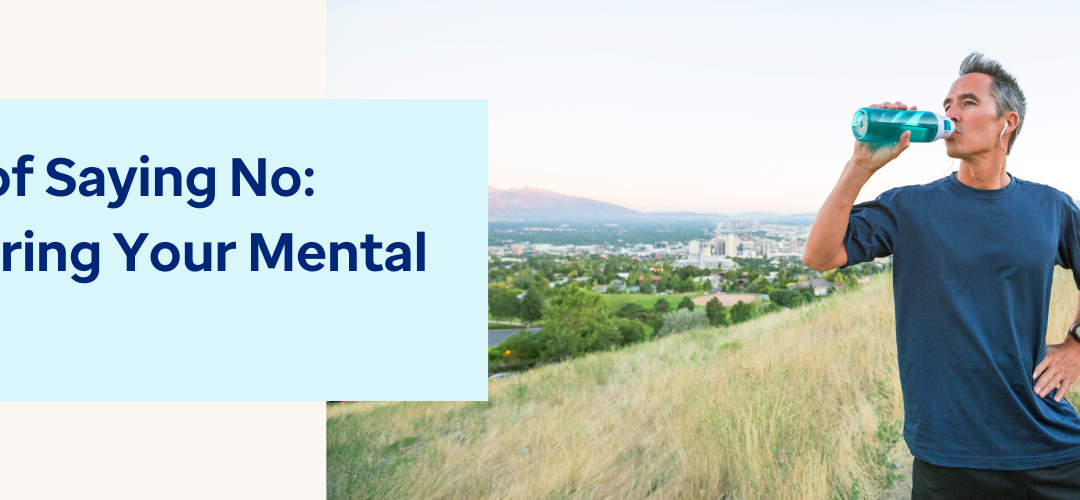The National Institutes of Mental Health reports that over 7% of the population will experience a major depressive episode during some time in their adult life and highest likelihood is among 18-25 years-old’s. It is important to note that statistic this does not include individuals with lower levels of more chronic depressed moods, and that most depressed individuals go undiagnosed and/or untreated.
One reason depression can be so hard to identify, even for the person who is experiencing depression, is that it can express itself in a wide variety of ways. One way in which depression can express itself is bodily ailments like fatigue, stomach trouble, and physical pain: headaches, joint pain, abdominal pain, and muscle aches.
Did you know that:
• Pain can cause depression, and depression can cause pain
• Depressed people have a lower pain tolerance
• As depressive symptoms increase, so does physical pain
• When both physical and emotional pain are present, both must be treated to get the best outcomes
• Pain and depression share common pathways in the brain
• Certain classes of anti-depressant medication are used to treat chronic pain
So here is the good news! Both depression and chronic pain are manageable. Those suffering with depression and/or chronic pain can, and do, live joyful, productive, and meaningful lives … but it takes effort and commitment.
So where to begin if you are suffering from both emotional and chronic physical pain.
Physical Management of Pain. This is where most people begin. It can be a frustrating experience, depending on the nature of the pain, because doctors often struggle diagnosing certain types of pain. Nevertheless, good medical oversight and involvement are critical to overall management of pain and depression. Medications can play an effective role in pain management. Other methods like physical therapy, exercise, acupuncture, and relaxation training can also be helpful.
Psychological Management of Pain. There is an old adage that “pain is inevitable, but suffering is not.” In truth, pain is experienced in the brain/mind as suffering. The degree of suffering is only crudely related to the degree of injury or illness. We all know people who act like they are dying when they get a little scratch, and others who seem to continue on unaffected with all manner of hurts. What differs is their attitude, self-image, and coping skills—all of which are under your control and can be re-learned to better cope with pain and suffering.
Techniques for Specific Types of Pain. The circumstances and conditions that can cause both emotional and physical pain are highly diverse and, therefore, the treatments also need to be highly personalized. What is effective for a headache may not work as well for osteo-arthritis. A trauma related pain problem may need something very different than an elderly person with age related aches and mood issues. Therefore, it is important to do your homework to understand your condition and how it is impacting your life and ability to function. This may require re-inventing yourself and how you, and others, view you.
Leveraging Outside Resources. No man or woman is an island. It is our natural tendency to strive for independence and to maintain independence at all cost. Conversely, it is equally easy to begin to feel sorry for yourself and assume a passive role in your life. Both extremes—striving too hard to remain independent or passively letting others care for you—can be problematic. Learning to self-pace and use supports appropriately is critical to coping with most of life’s events. It is ok to ask for help.
Written by: Steve Schwartz
PhD, FLP
Heron Ridge Associates




